Summary
Summers are typically hot and humid, with average temperatures ranging from the mid-70s to low-90s Fahrenheit. Winters are mild to cool, with temperatures averaging in the mid-30s to mid-50s Fahrenheit. The area receives around 49 inches of rainfall annually, which contributes to its lush green landscapes.
Hydrology constituents in Rogers are primarily influenced by the Beaver Lake reservoir, situated to the east of the city. This large water body provides recreational opportunities like boating, fishing, and swimming. Additionally, the local White River offers excellent fishing for trout enthusiasts.
Outdoor recreation in Rogers is abundant. The city is surrounded by picturesque natural landscapes and has numerous parks and trails. The Hobbs State Park-Conservation Area is a popular destination for hiking, biking, and wildlife observation. The Lake Atalanta Park offers picnic areas, playgrounds, and a beautiful lake for kayaking and paddleboarding.
In conclusion, Rogers, Arkansas, offers a pleasant humid subtropical climate with a focus on outdoor recreation opportunities centered around the Beaver Lake reservoir and the nearby natural areas, making it an ideal destination for those seeking to enjoy nature's beauty.
Weather Forecast
Rogers receives approximately 1157mm of rain per year, with humidity levels near 81% and air temperatures averaging around 14°C. Rogers has a plant hardyness factor of 6, meaning plants and agriculture in this region thrive during a short period during spring and early summer. Most plants will die off during the colder winter months.

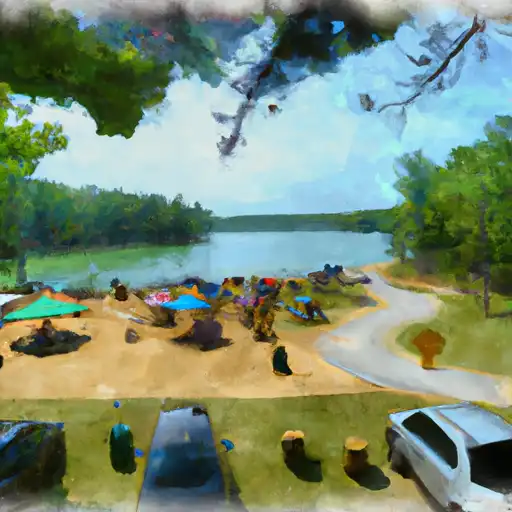 Prairie Creek - Beaver Lake
Prairie Creek - Beaver Lake
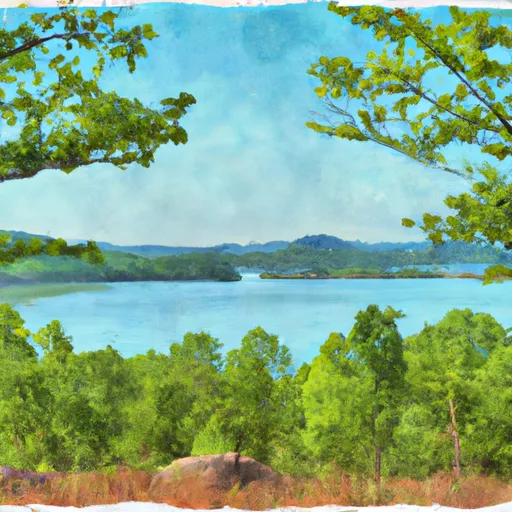 Rocky Branch - Beaver Lake
Rocky Branch - Beaver Lake
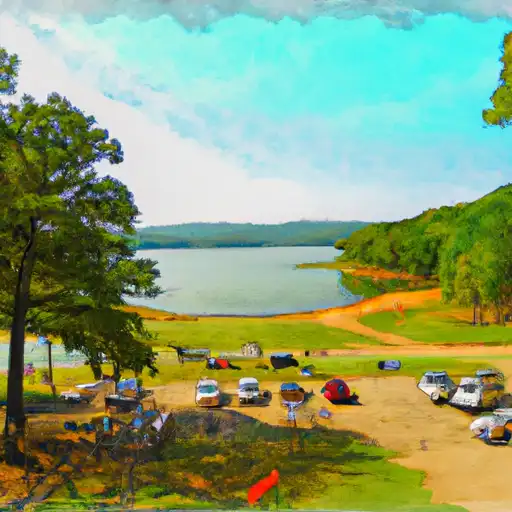 Lost Bridge South - Beaver Lake
Lost Bridge South - Beaver Lake
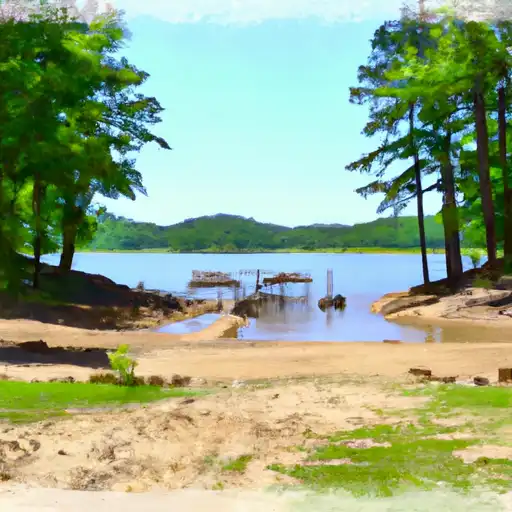 Lost Bridge North - Beaver Lake
Lost Bridge North - Beaver Lake
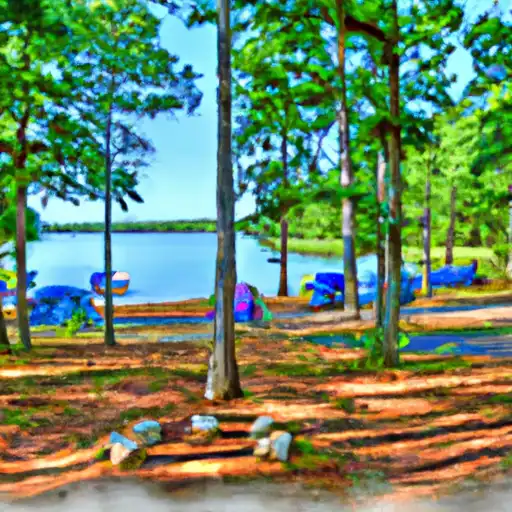 Starkey - Beaver Lake
Starkey - Beaver Lake
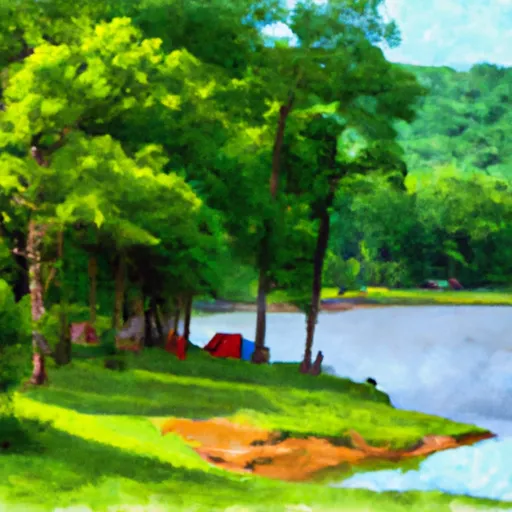 Indian Creek - Beaver Lake
Indian Creek - Beaver Lake
 Durham Place Park
Durham Place Park
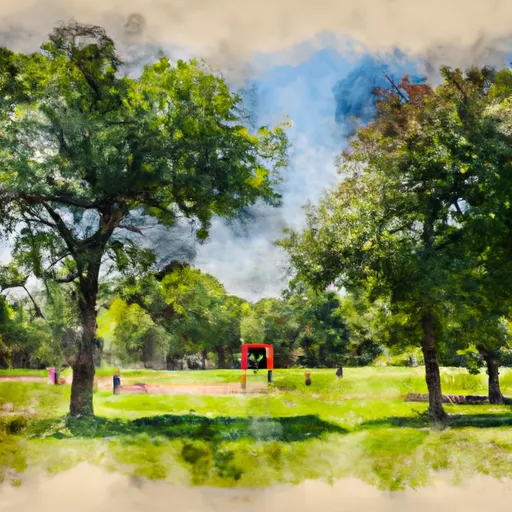 Austin-Baggett Park
Austin-Baggett Park
 Town Branch Park
Town Branch Park
 Dave Peel Park
Dave Peel Park
 Train Station Park
Train Station Park